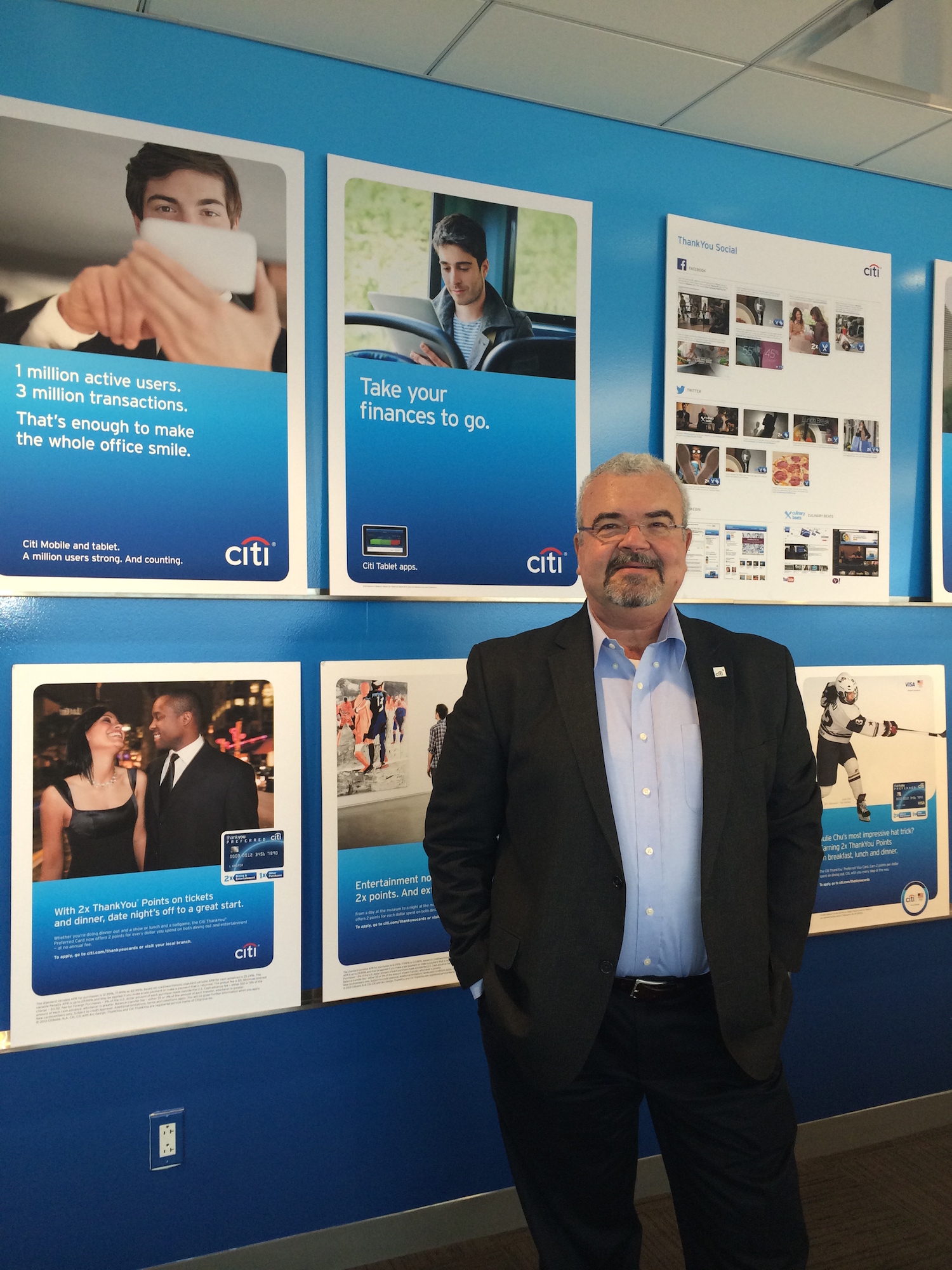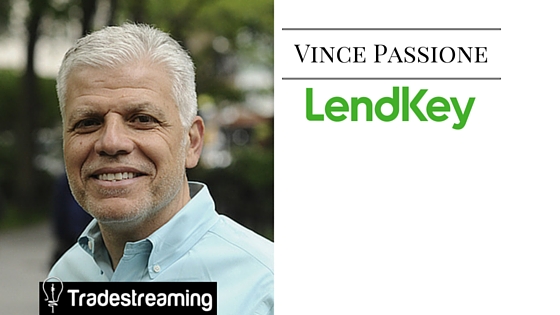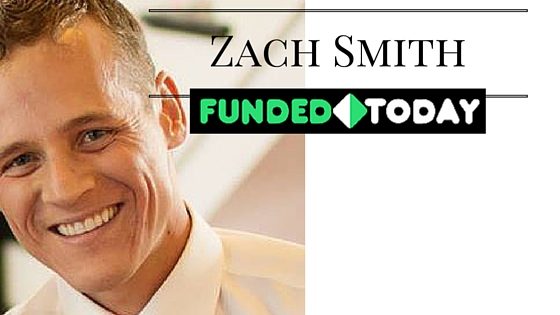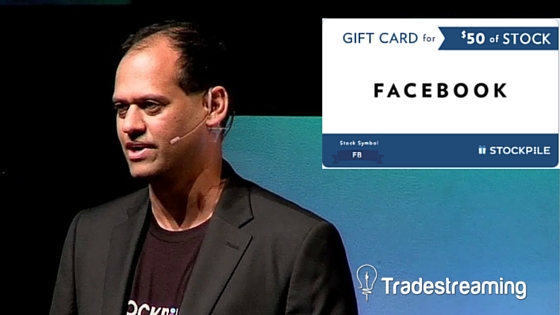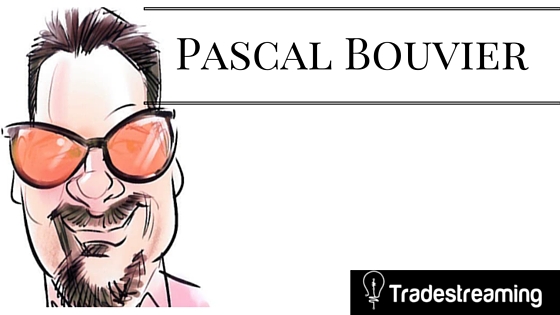Menny Shalom is CEO of Wayerz.
What are the core challenges in transferring money between financial institutions?
Today using the banking system to wire money is almost unrealistic – as it represents the old-banking world – very expensive service for very poor service. Both parties (the sender and the receiver) don’t know when the wire will complete, what would be the total cost and how it is going to be divided between them. The “surprising” part is that even the banks involved – the sender’s bank and the receiver’s – don’t know that.
Further, the banks today send the money between them in random paths. They just move the money to the next bank – hoping it will find the beneficiary – while they are somewhat indifferent as to the cost, time and risks associated with the executed route. We believe that could and should be different.
How does Wayerz solve or fix these problems? Does the crowd play a role?
Wayerz provides a GPS-like solution that calculates the optimal route for each and every wire, in real time. Optimal could mean the cheapest route, the fastest route, the least riskier route and so on. On top of the ability to provide those routes we allow every bank to determine what is optimal for it — based on its policies, internal considerations and commercial preferences. We are enterprise software, optimizing the benefits for our clients (the banks) so the general crowd is being “counted” through the banks’ interests. We do however monitor the routes and get statistical insights as to the global payment map.
Where did you come up with the idea for Wayerz?
Reality is always the best motivation for innovation. I was approached by a bank who asked me to source similar software for them. I then approached 25 banks worldwide and asked what software they use. They all gave me the same 2 answers: (a) we don’t have it and (b) if you create it, we’ll be happy to buy it from you.
After realizing there is a need and an opportunity, I sat down and for 9 months, wrote 130 pages of a research document – covering the whole bank-to-bank lifecycle. It covered the human factor, technology, commercial aspects, IT, privacy, risks and many other aspects. I was surprised to learn that it’s a HUGE industry but very old and traditional, with relatively few people involved (mainly for relationships) and almost no technology. The most sophisticated banks are using an amazing technology called . . . .Excel to manage their correspondent banking relationships, services, and billing.
That phase also helped me to learn about additional needs in that arena – on top of the wiring optimization, like intra bank billing and financial institutions onboarding. Banks receive hundreds of invoices and statements from other banks – every month. They come in many different file formats, different currencies, and different languages. Even two English-written statements would not be comparable as they have different design layout and use different financial terminology to describe similar banking services.
Wayerz has built a proprietary billing engine that unifies ALL those bank-to-bank invoices into a unified and simplified format – allowing the banks now to compare invoices (and service providers . . . ), to group them, to match them and so on. They can now see all those invoices grouped by logos (counter-bank), country, currency, business unit, or service (cash, securities, trade finance and more). They can then reconcile them (so they can see if they were charged correctly by the counter-bank) and open an investigation – all through the Wayerz platform.
Why create an optimization engine for an existing process? Why not take on SWIFT head on with a better model?
Well, we do both 🙂
First you need to understand – SWIFT is used for messaging. Banks are using it to send each other financial messages. Separate from that there is bank-to-bank settling – where banks actually settle the amounts, wires, and funds between them. Wayerz was created because there are significant gaps between the messaging and the settlement.
As to messaging, I believe SWIFT is, and would remain, the trusteed logo by name for financial messaging. It is not realistic to expect banks would move away from it tomorrow. SWIFT is owned by the banks and it services them and those tight relationships are probably here to stay. However, one (like Wayerz . . . :-)) can improve and optimize it and that is what we are doing. By the way – we also do it directly with SWIFT, as we have advanced and detailed discussions as to how we can add the Wayerz functionality to their existing platforms.
As to reinventing the financial messaging world – we are developing our own blockchain-based financial messaging platform. We are NOT using it for value transfer (ie settlements) like most blockchain application do, but merely to improve financial messaging between multiple parties
What’s next for Wayerz in 2016? What should we expect to see from you and your team?
Many (Menny’s) good things –
- We expect to keep growing – doubling our team every quarter. After NY, we expect to open offices in London, Frankfurt and Singapore
- We expect to announce 3 global partnerships with tier-1 tech behemoths
- We’ll rollout 4 new bank-to-bank solutions
- We’ll keep having fun and harvesting our olive trees
- We believe in colorful shirts
Photo credit: brizzle born and bred / VisualHunt.com / CC BY-ND








